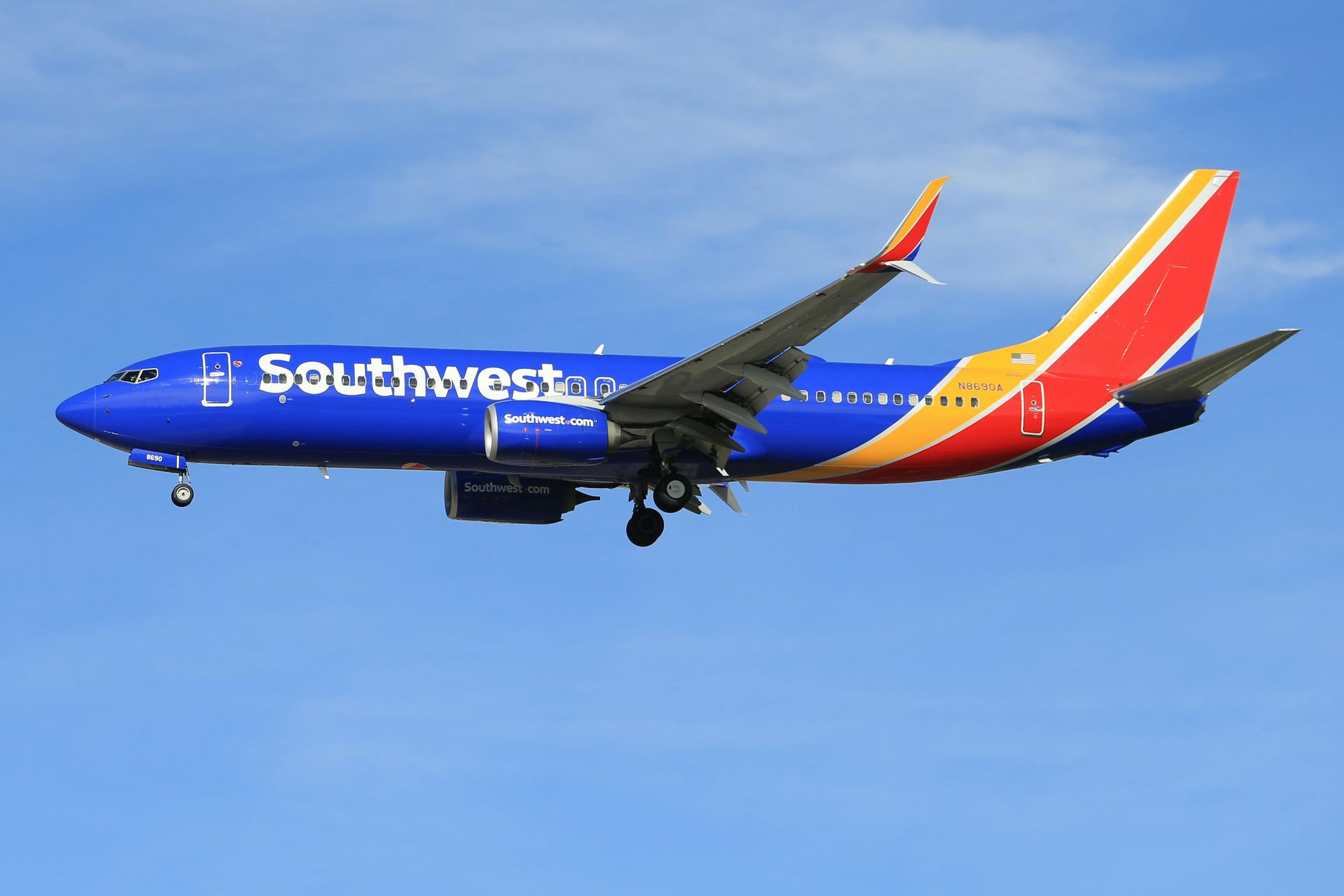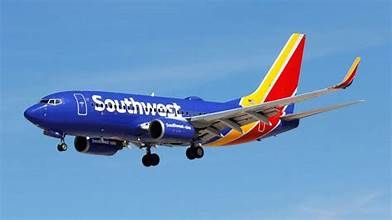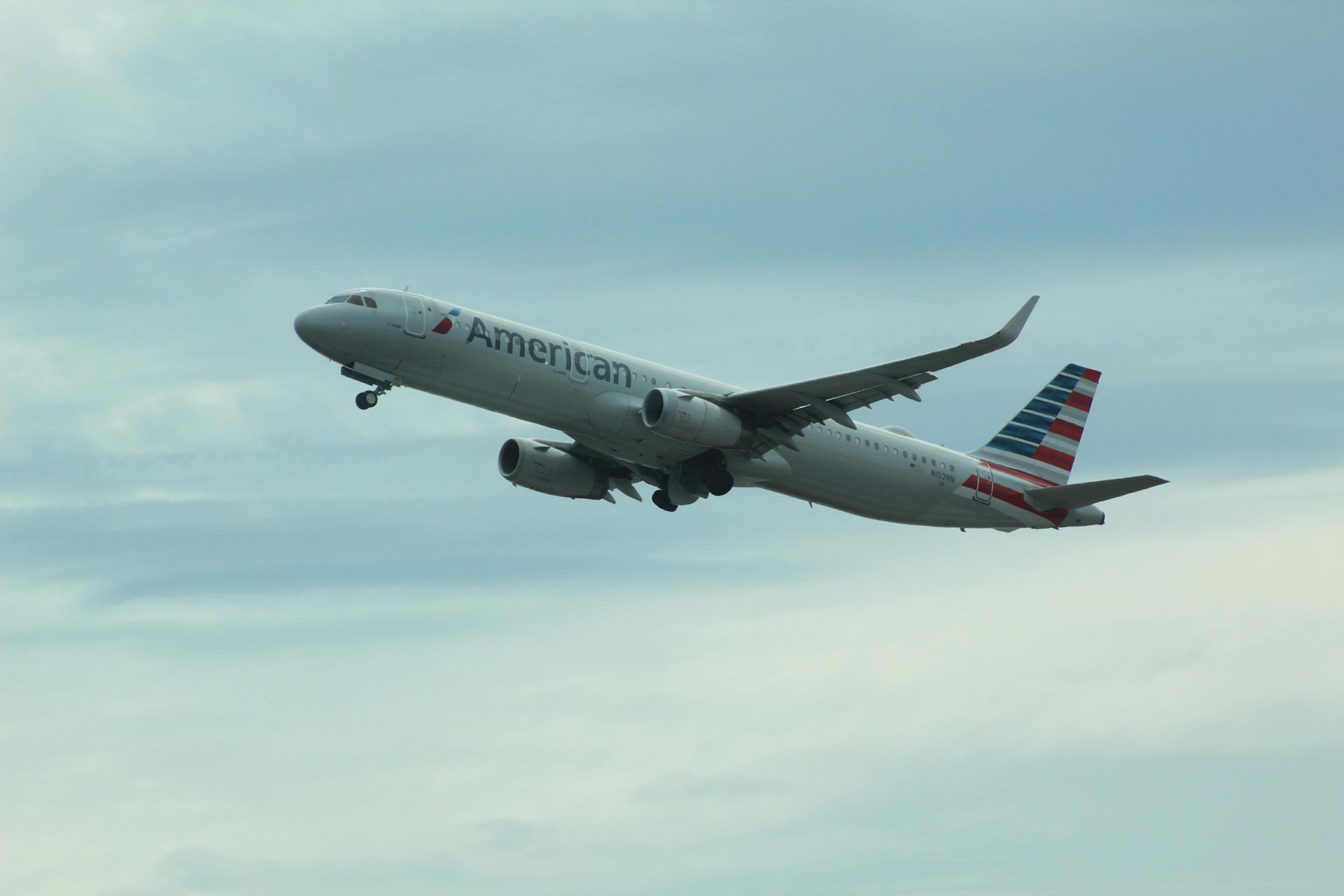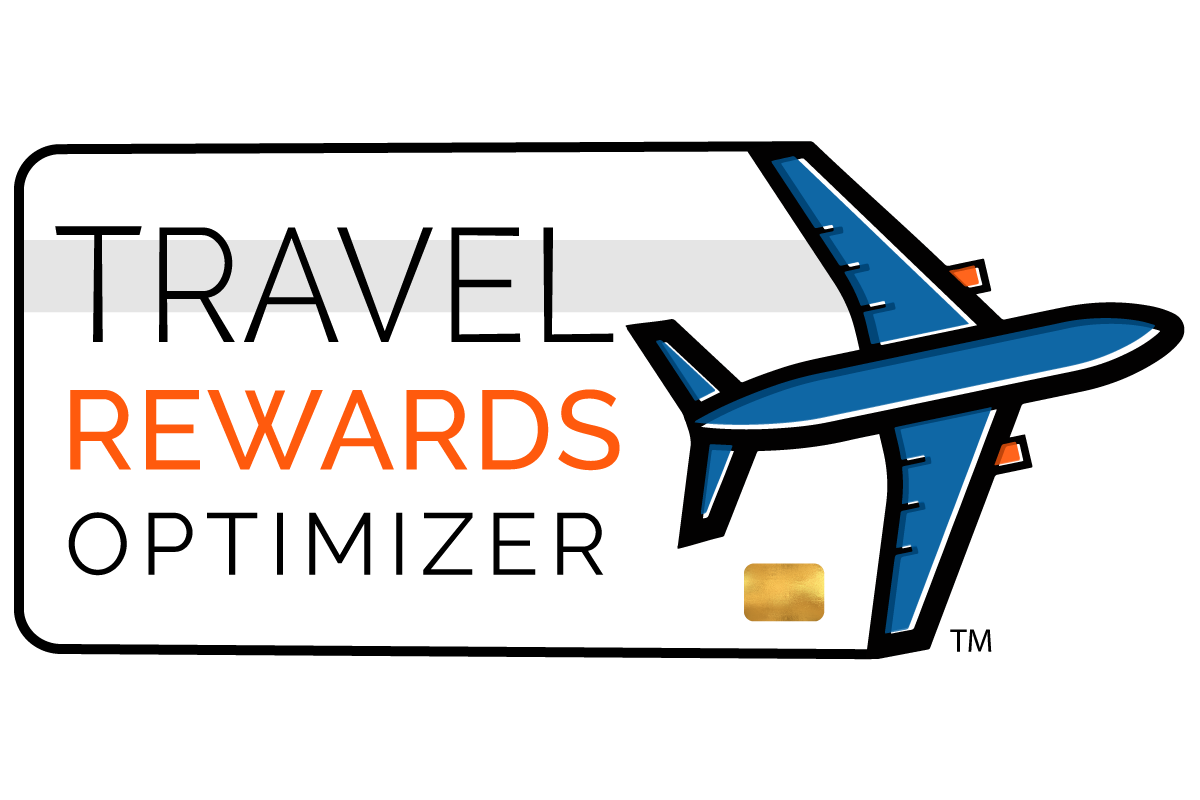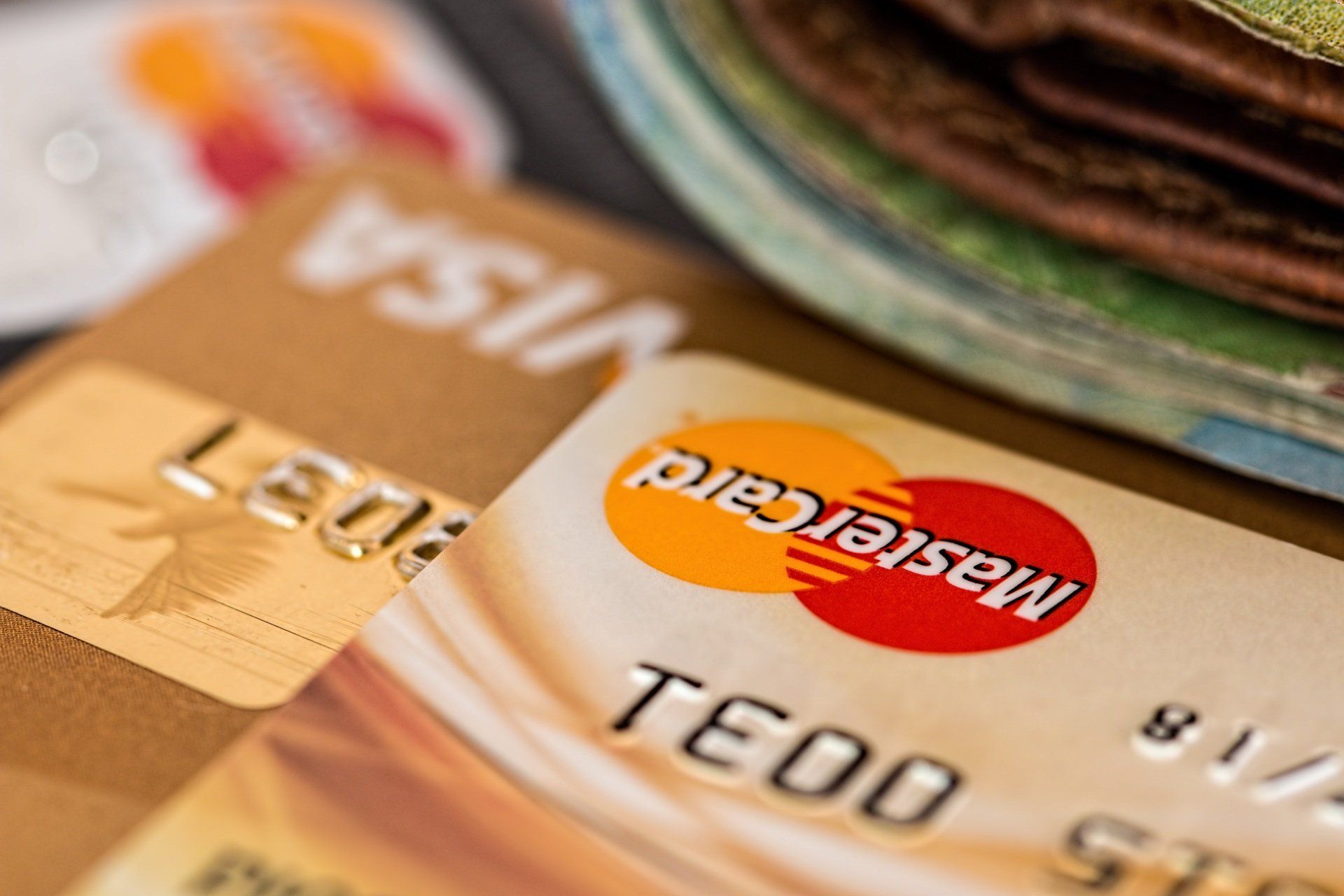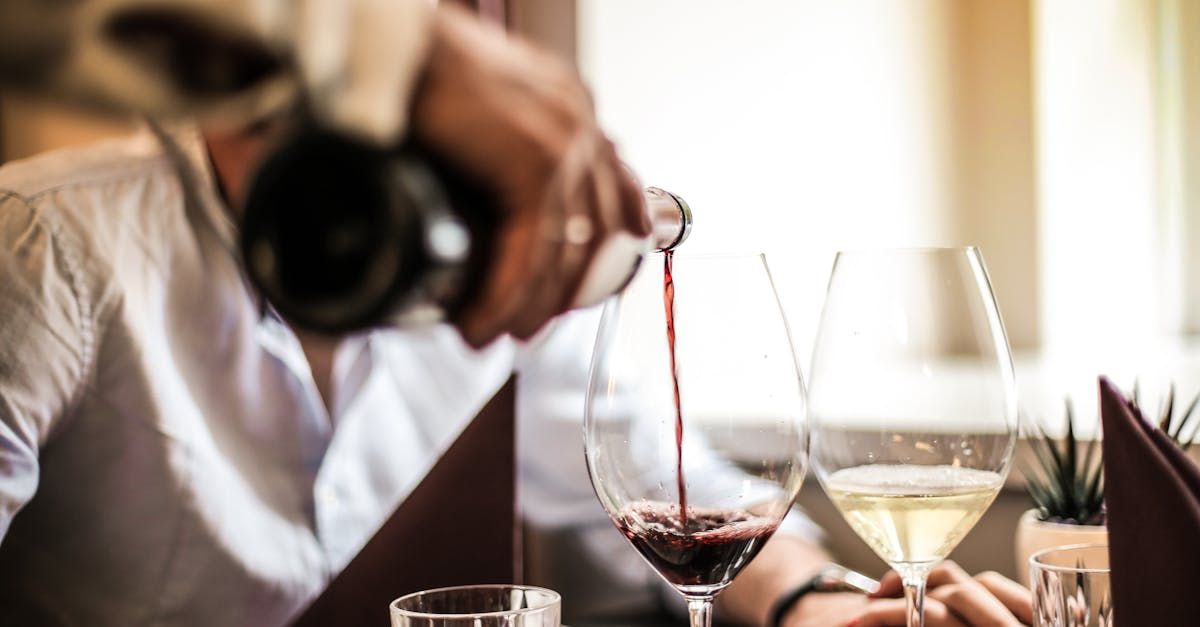Chase Freedom and Sapphire Credit Cards in Points and Miles
While the Chase Freedom cards are limited to cash back, a Chase Sapphire card can boost a travel rewards program.
The post from February 9th brought up the topic of credit card “families” and how cardholders can upgrade within a family to increase benefits or downgrade to decrease annual fees. Over the next few weeks, Travel Rewards Optimizer posts will discuss credit card families for co-branded cards (airlines and hotel chains) as well as families of cards that generate proprietary points or cash.
Today’s first installment will discuss Chase Freedom and Chase Sapphire cards. Although these are different card brands, there is a logical progression for those interested in travel. The Freedom cards include entry level and cashback credit cards while the Sapphire cards are travel oriented and provide opportunities for leveraging Chase Ultimate Rewards points.
- Chase Freedom Rise
- Chase Freedom Unlimited
- Chase Freedom Flex
- Chase Sapphire Preferred
- Chase Sapphire Reserve
Chase Freedom Rise
The Freedom Rise is a “starter” card for people who are new to credit cards. There is no annual fee, and the card generates 1.5% cash back on all purchases. With this card, you will be getting the 1.5% return on all spending, but this card is clearly for students and people who have never had a credit card before.
- Chase suggests that your chances of approval are higher if you open a Chase checking account and deposit at least $250.
- Chase indicates that it will evaluate you for a credit limit increase after six months or more suggested that the credit limit will not be very high to begin with.
- The Annualized Percentage Rate (APR) starts at a whopping 27%.
Because the Travel Rewards Optimizer plans we create are for people with established credit histories and higher FICO scores, we would not incorporate this card into a client’s program. However, with the cash back feature, it could be a good starter card for a young adult who could pay their statements in full to avoid the high interest charges.
Chase Freedom Unlimited
This card also has no annual fee and, like the Freedom Rise, generates 1.5% cash back on many purchases. At the same time, it is much more attractive for several reasons.
- The cashback rate is 3% for restaurants and drug stores.
- Chase offers a $200 bonus if you spend $500 in the first three months.
- Currently (and this is subject to change) this card offers a 5% cashback rate on groceries and gas for the first year.
- The initial APR is 0% for 15 months and, once an APR kicks in, it could be as low as 20.5%.
Chase Freedom Flex
This card also has no annual fee but has a different bonus structure than the Freedom Unlimited. The Freedom Flex offers 5% bonuses on rotating categories that change every quarter. In the past, categories have included grocery stores, gas stations, Amazon, gyms, and warehouse clubs. Typically, the featured bonus category is announced just before the beginning of a quarter to maintain the interest and engagement of cardholders. The 5% bonus is limited to the first $1500 spent in the category during the quarter.
Most other purchases generate 1% cashback.
Like the Freedom Unlimited, the Freedom Flex has other attractive features.
- The cashback rate is 3% for restaurants and drug stores.
- Chase offers a $200 bonus if you spend $500 in the first three months.
- Currently (and this is subject to change) this card offers a 5% cashback rate on groceries and gas for the first year.
- The initial APR is 0% for 15 months and, once an APR kicks in, it could be as low as 20.5%.
For someone interested in only getting cash back, these Chase Freedom cards are a reasonable option. Using both a Freedom Flex and one of the Freedom cards that returns 1.5%, a cardholder who pays careful attention to the rotating bonus categories could net a cashback return of perhaps 2% or perhaps even better in the first year. However, there are other free cards that generate 2% on every purchase without having to think about which card you are using.
Those who want to turn their routine spending into free travel can do far better than a 2% return and this is where the Chase Sapphire cards come into play. These cards have annual fees, but both accelerate your ability to turn credit card expenditures into travel.
Chase Sapphire Preferred
This card has a $95 annual fee and offers a welcome bonus of 60,000 Ultimate Rewards (UR) points if you spend $4,000 within three months. Treated as cash, those points are worth $600. Like the Freedom Flex and Unlimited, the bonus for restaurants is 3X (three points per dollar spent) and there is also a 2X bonus for travel expenses. In addition to the 2X bonus for travel purchases, there are other factors that make the Sapphire Preferred especially worthwhile for travelers.
- The Ultimate Rewards points can be exchanged (often 1:1) for the points and miles of many airlines and several hotel chains. In some cases, the miles or points of these partners can be worth much more than the one cent per point you can get in cash back. In fact, Ms. Optimizer and I routinely double the value of our UR points by transferring them to certain airlines or the Hyatt program.
- If you purchase travel through the Chase portal, each point is worth 1.25 cents or 25% more than if you used them as cash. (NOTE: I do not know if purchases made through this portal are competitively priced or not and that is a topic that will be addressed in the near future.)
- Holders of this card can combine UR points with the points earned through the no fee Freedom cards to turn those points into flexible UR points. This makes those points worth considerably more than the one cent per point you get if you use them as cash.
Chase Sapphire Reserve
When launched in 2016, the Chase Sapphire Reserve was the queen of travel cards. Since then, other issuers have upped their game and offered highly competitive products. Still, this card has a place for many travelers.
The card’s annual fee, at $550, is deceptively high. A card benefit is an annual travel credit of $300 and this credit differs from those offered by other card issuers because there are no restrictions such as a requirement to purchase travel through Chase's travel portal. There is no need to apply for the credit. You simply make travel related purchases (which Chase defines liberally) and the credits appear on your statement automatically. You can utilize the credit with one purchase or spread out over multiple purchases.
After factoring out this easy-to-use credit, the Sapphire Reserve is a de facto $250 annual fee card. To assess its value compared to the Sapphire Preferred, the question to ask is if the card is worth an additional $155. The signup bonus for both cards is the same (60,000 URs) and both offer a 3X bonus on dining.
The Sapphire Reserve surpasses the Sapphire Preferred as follows:
- There is a 3X bonus for travel expenses compared to the 2X offered by the Sapphire Preferred.
- The URs are worth 1.5 cents each (vs. 1.25 cents for SP) if purchasing travel through the Chase portal.
- The Reserve will cover the cost of TSA PreCheck or Global Entry every four years.
- The Reserve includes a Priority Pass which gives the cardholder access to a network of airport lounges all over the world.
In the past, Ms. Optimizer and I used the Sapphire Reserve but have since downgraded to Sapphire Preferred for several reasons.
- Our Global Entry memberships are paid for the next few years.
- We have access to an airport lounge network through another credit card.
- We do not tend to use the Chase portal for travel purchases.
- We estimated that we would need to spend at least $8,000 each year on travel (most of our flights and hotel stays are free) to take advantage of the fact that the Sapphire Reserve has a higher bonus (3X) than the Sapphire Preferred (2X) for travel purchases.
In our case, a downgrade saved us money on the annual fee and cost us very little, but this is largely because our travel rewards program has matured, and our needs has changed over time.
___________
To conclude, for some, these Chase products can be combined to create a formidable travel rewards program. The Freedom cards, by themselves, can give you a decent cash back program although it will be unexceptional after picking up the first-year bonuses. However, one of the Sapphire cards can be the foundation of a productive travel rewards program for those who want to turn their credit card spending into travel. Because the Chase Sapphire Preferred and Reserve cards are more similar than they were in the past, a key criterion for choosing between them might be your interest in airport lounge access and lounge availability in places you might fly.
We are ready to help you turn your routine credit card spending into the travel of your dreams.

